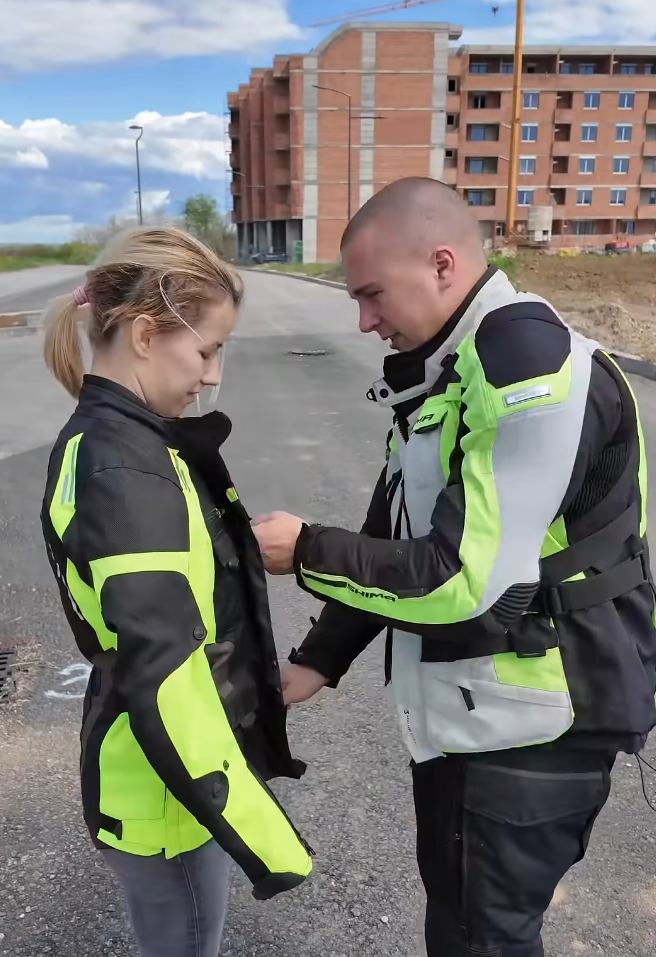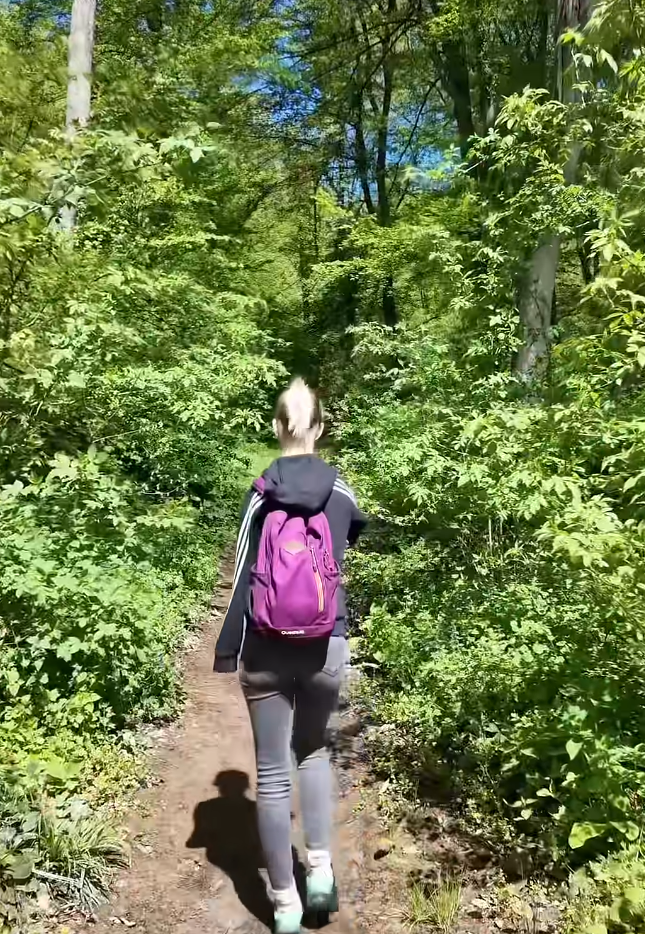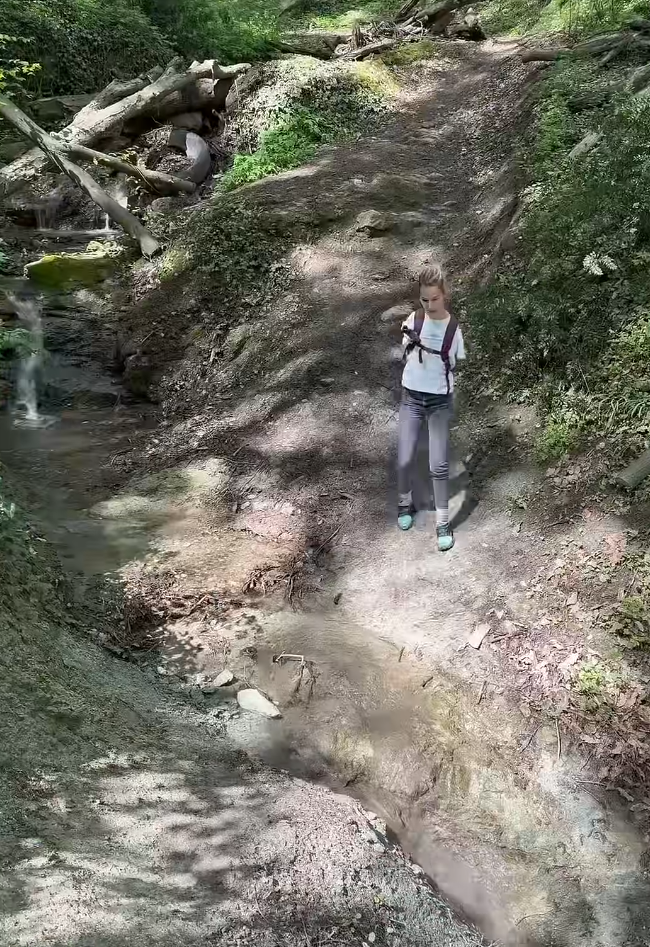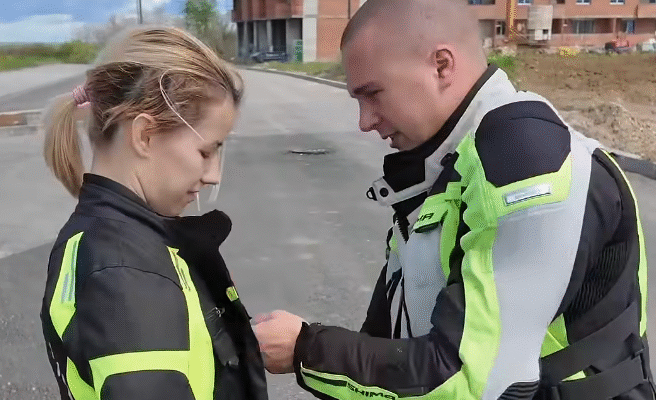Nestled in the northern part of Serbia, Fruška Gora is often referred to as the “jewel of Serbia” or the “Serbian Holy Mountain.” A low mountain range that stretches across the region of Vojvodina, it is a lush oasis surrounded by the flat expanses of the Pannonian Plain. With its rolling hills, dense forests, centuries-old monasteries, and tranquil atmosphere, Fruška Gora is a place where nature, spirituality, and history harmoniously coexist.


A Natural Paradise
Fruška Gora is a national park and one of the oldest in Serbia, designated as such in 1960. Covering an area of nearly 250 square kilometers, it is home to more than 700 species of medicinal herbs, over 30 species of mammals, and an impressive 200 species of birds. The landscape is rich with deciduous forests dominated by oak, beech, and hornbeam trees, creating a breathtaking canopy that changes color with the seasons. In spring and summer, the forest is vibrant and alive, while in autumn, it turns into a canvas of golden and crimson hues.


Hiking is one of the most popular activities in Fruška Gora, with a well-marked network of trails crisscrossing the hills. Whether you’re a seasoned trekker or a casual stroller, there’s a path for everyone. Along the way, hikers often encounter hidden waterfalls, serene meadows, and scenic viewpoints that offer panoramic vistas of the Danube River and the vast Vojvodina plains.
Fruška Gora is also known for its diverse microclimate, which contributes to the rich biodiversity and makes it a unique ecological zone. The area is a haven for wildlife lovers and botanists alike. Birdwatchers, in particular, will enjoy spotting rare species such as the black stork, the white-tailed eagle, and various types of owls and woodpeckers.
Land of Monasteries
Beyond its natural beauty, Fruška Gora is steeped in religious and historical significance. It is home to 16 Serbian Orthodox monasteries, many of which date back to the 15th and 16th centuries. Built during the time of the Serbian Despotate and later protected during the Ottoman era, these monasteries served as centers of faith, learning, and culture.
Each monastery has its own story, architectural charm, and spiritual aura. Among the most notable are the monasteries of Krušedol, Hopovo, Grgeteg, and Beočin. Krušedol Monastery, for instance, is the burial site of many notable Serbian figures, including members of the Branković dynasty. It’s known for its peaceful setting and impressive frescoes. Novo Hopovo Monastery stands out with its vibrant yellow façade and a long history as a center of education and literacy.
Visiting these monasteries is not just a spiritual journey, but also a cultural one. They are keepers of ancient manuscripts, icons, and artworks, offering visitors a glimpse into Serbia’s religious heritage and resilience throughout the centuries.
The Taste of Fruška Gora
Fruška Gora is also a region celebrated for its winemaking tradition. The fertile slopes and favorable climate have made it an ideal place for vineyards since Roman times. Today, the area is dotted with family-run wineries and wine cellars that produce high-quality wines, particularly Bermet — a unique, aromatic dessert wine that was once served on the Titanic and at the Austrian court.
Wine tasting tours are a must for visitors who want to experience the local flavors. Many wineries offer cozy tasting rooms with homemade cheeses, sausages, and breads to accompany their vintages. The town of Sremski Karlovci, located at the foot of Fruška Gora, is a hub for wine lovers. Its baroque charm, historical buildings, and wine festivals make it a perfect starting point for any exploration of the region.
Hidden Gems and Activities
In addition to hiking, monastery tours, and wine tasting, Fruška Gora offers plenty of other activities for outdoor enthusiasts and culture seekers. Lake Borkovac and Lake Pavlovac are popular spots for fishing and picnicking, while the many cycling trails attract both amateur and experienced bikers.
During the summer months, the air is filled with the scent of wildflowers and the gentle hum of bees. Beekeeping is another tradition in the region, and local honey is renowned for its purity and flavor. Small roadside stalls often sell jars of wildflower honey, jams, and herbal teas made from plants found in the national park.
For those interested in cultural events, Fruška Gora hosts various festivals throughout the year. These include folk music events, food fairs, and traditional celebrations that showcase Serbian customs and hospitality.
A Sanctuary for the Soul
Perhaps the greatest gift Fruška Gora offers is its sense of peace. Far from the noise and rush of city life, it’s a place where time seems to slow down. The gentle rustle of leaves, the chirping of birds, and the scent of earth and moss have a calming effect on the soul. Whether you’re meditating under a centuries-old tree or sipping wine on a sun-drenched terrace, you’ll find yourself reconnecting with nature — and with yourself.
It’s not uncommon to see families spending an entire day here, playing in open fields, grilling, or simply enjoying the fresh air. Photographers and artists also find inspiration in the region’s ever-changing light and textures.
Conclusion
Fruška Gora 🌲🌳⛰️ is more than just a mountain. It is a tapestry of nature, history, culture, and serenity woven together in the heart of Serbia. It invites visitors to explore its winding paths, admire its ancient monasteries, taste its exquisite wines, and breathe in its healing air. Whether you’re looking for adventure, spiritual renewal, or just a quiet place to escape, Fruška Gora welcomes you with open arms — and endless beauty.
Let me know if you’d like this turned into a travel blog post, presentation script, or if you’d like a version with photos or maps included!



